Events, early weaning and PRRS eradication in Pig Progress 6
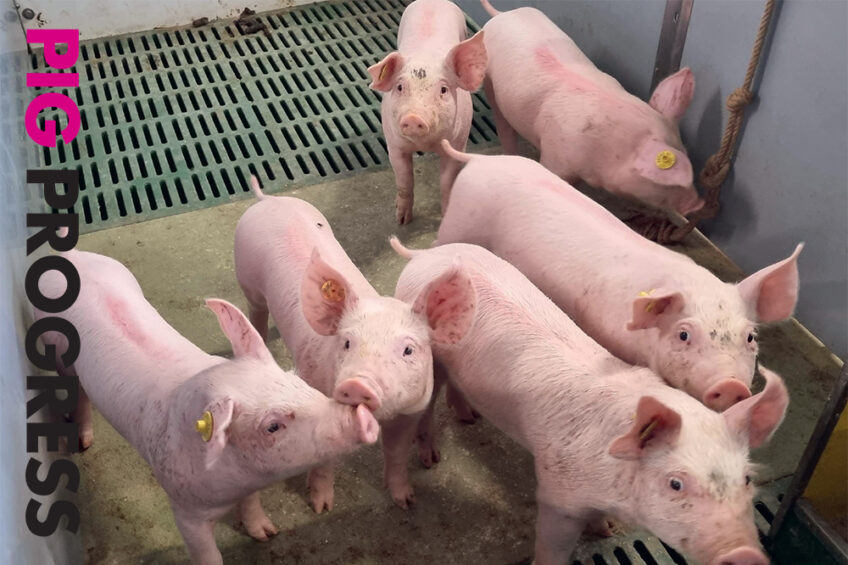
The 6th edition of Pig Progress for 2022 unpacks the details from “an outburst of events” that took place this spring. Then, a look at the interesting results of postponing weaning by just one day, and the importance of shortening farrowing time. Also, has Hungary managed to eradicate PRRS virus from the country’s pig herd?
Hungary has completed PRRS eradication – how did it go?
In 2014, Hungarian authorities embarked on an ambitious plan to eradicate Porcine Reproductive and Respiratory Syndrome from the country. The programme has now come to an end. A closer look on pages 6-8.
Column: Sow condition – a roller coaster
The body condition of sows can often be seen to be on a roller coaster – thin sows receive more feed and become heavy sows, and then these sows do not eat adequately in lactation, and so on. Swine nutritionist, Dr Casey Bradley, offers some practical considerations on page 9.
Zero Zinc Summit – Wanted: a healthy gut
Just days before zinc oxide would be banned from pig diets in the EU, experts gathered in Denmark for the Zero Zinc Summit where they explored how to deal with the new reality facing the swine sector. Improving piglet intestinal health is key. Pages 10-12.
Swine highlights from the ASAS 2022 meetings
The annual meeting of the American Society of Animal Science (ASAS) was held in June in Oklahoma City in the US. Together with the Canadian Society of Animal Science, the meeting brought together researchers and students from around the world. Swine-related topics were condensed into 2 days during which a great variety of topics were addressed. Pages 14-16.
Optimism with caution at 2022 World Pork Expo
Over 10,000 producers and industry professionals met in Iowa in the US in June at the annual get-together of North America’s pig industry. The number of problems the swine industry faces today, including labour shortage, did not go unnoticed… Pages 17-19.
Why is it important to shorten farrowing time?
This article on pages 20-21 looks at the growth in litter sizes, the parturition process, reducing farrowing duration, and the role of fermentable and non-fermentable fibre.
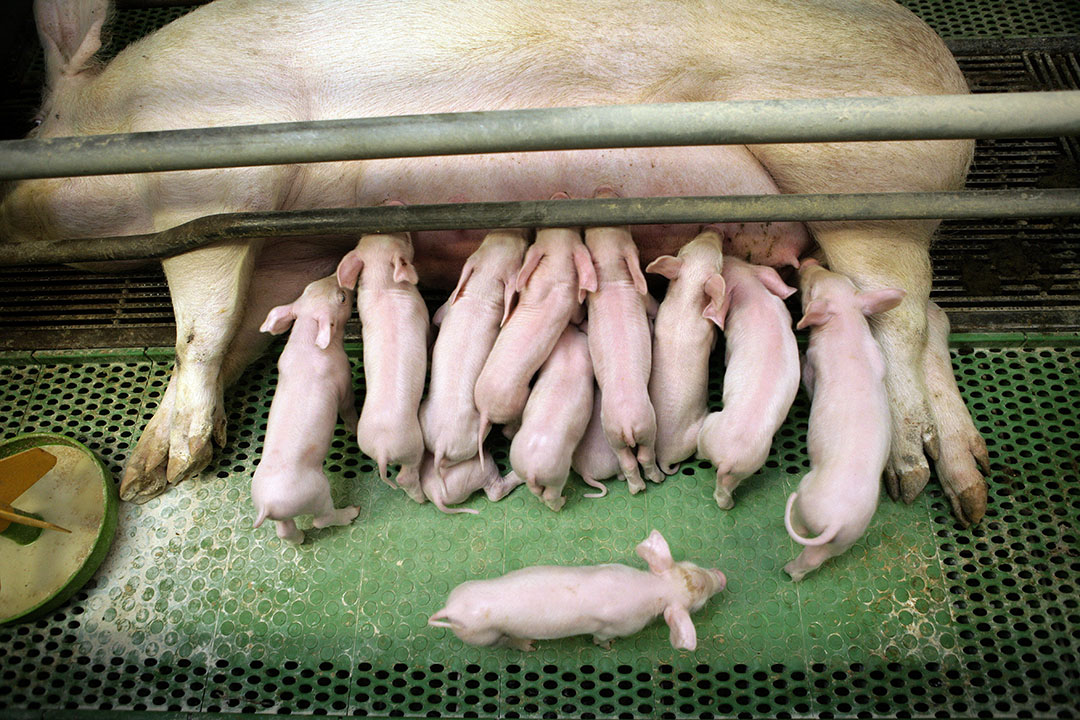
Awareness of biosecurity every step of the way
Brazil, the world’s third-largest pork producer and exporter, has not had any reportable diseases inside the recognised free zones of the World Organization for Animal Health. This article on pages 22-25 delves into the Água Branca Group (São Paulo state), which is an independent farm that maintains impressive animal health status.
How can gilts be transitioned to become successful sows?
How can we ensure that newly introduced members of the herd will also perform well? In this article, researcher Samaneh Azarpajouh discusses 8 factors to consider long before gilts join the breeding herd. Pages 26-27.
Weaning one day later leads to 1 kg heavier pig
The outcome of a meta-analysis in the Netherlands involving tens of thousands of piglets revealed that postponing weaning by just one day can lead to a substantial difference in weaning weight. Pages 28-29.
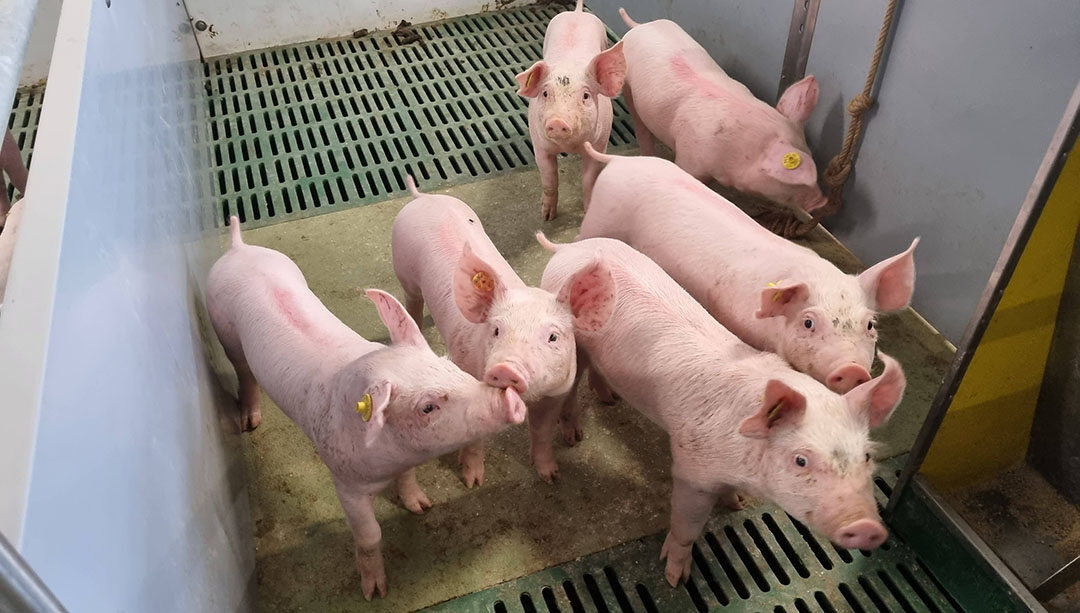
Feed additive in sow diets benefits litter performance
During farrowing and lactation, it is necessary to focus on nutrients and elements needed to prepare sows for body maintenance and the ability to encounter all the types of disorders that may occur. Pages 30-31.
The 3 pillars of successful pig breeding
A recent Pig Progress webinar series zoomed in on adequate piglet care to ensure that piglets get through weaning well. This article, on pages 32-34, recaps the 3 pillars that take centre stage.
Solving the formulator’s paradox with amino acids
It is essential not to rely solely on nutritional data from older animals but to carefully consider the specific needs of just-weaned pigs when formulating diets. But, how? Pages 36-37.
Is fibre needed in diets for weaned piglets?
Dietary fibre has made its way back onto swine nutritionists’ nutrient lists as an essential part of a balanced diet. This article explores how fibre interacts with other nutrients and the gut microbiome, its effect, and the future of dietary fibre in piglet diets. Pages 38-39.
Column: Climate and market change
Pig Progress columnist and interdisciplinary researcher, Irene Camerlink, shares her thoughts on the need for us to adapt to climate change, quickly, and discusses minimising risks to what is under threat, being feed, water and pigs. Page 42.
Join 18,000+ subscribers
Subscribe to our newsletter to stay updated about all the need-to-know content in the pigsector, three times a week. Beheer
Beheer

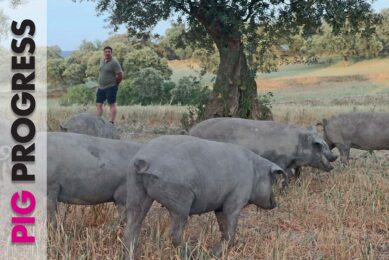
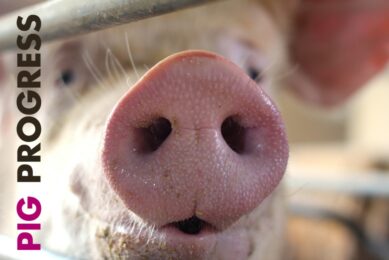
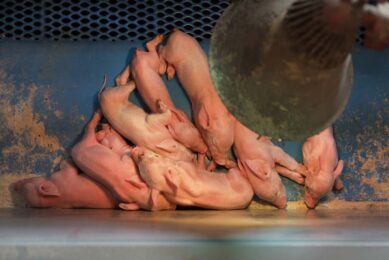
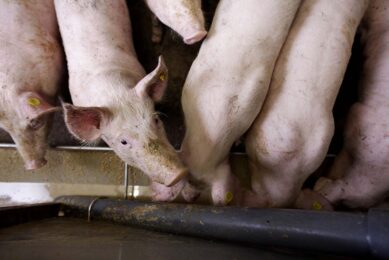





 WP Admin
WP Admin  Bewerk bericht
Bewerk bericht